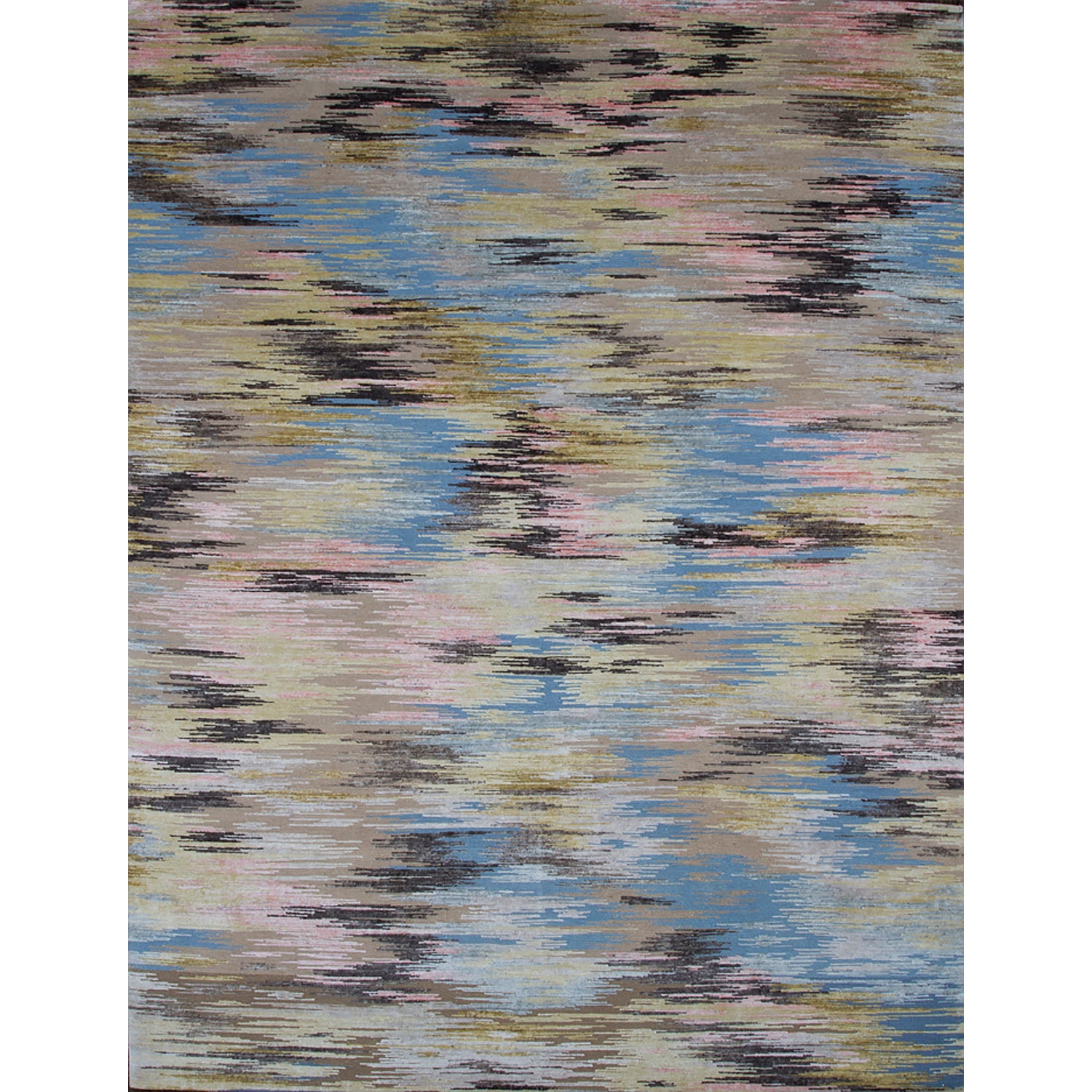

He has a jar in his studio, nestled in the wooded hills of Roxbury, Connecticut, which he fills with jotted-down thoughts, moments, feelings, street names and other obscure details. It takes a lot of skill to know when to stop applying the paint, as well as just how much to add – and this is something that sets Komarin apart as an artist.īut before he even applies the paint, Komarin starts with a very particular process of selecting the title at random. There are elements such as bold outlines and shapes in the foreground and a very gentle, delicate interplay as these areas bring us into the background.”Īnother notable point when seeing the paintings is to understand Komarin’s practised reserve. “When you start looking at it, you can focus on individual areas and then notice how well they lead into the next. If you talk about a painting in terms of colour, line, form and composition, then Gary has really got it.”Īccording to Al Shroogi, the best way to read one of Komarin’s works is to understand its rhythm and harmony – in the same way you would appreciate a piece of music.

“You can really feel the process of creation and as your eye learns to read the canvas you find beautiful moments that show his mastership. “One of the things that really attracted me to Gary’s work is his plastic quality,” says Al Shroogi. His work first appeared in Cuadro in the Dubai International Financial Centre in 2008 during their inaugural group show, but this is his first solo exhibition in the region. Substantially awarded for his practice and having exhibited his works alongside artists such as Francis Bacon, Robert Motherwell and Jean-Michel Basquiat, it is fair to call Komarin an internationally acclaimed artist. Guston, a contemporary of Willem de Kooning and Jackson Pollock, influenced Komarin to merge painting and drawing, hence the shapes and lines within his work. Komarin is an American painter who spent the beginning part of his four-decade career under the mentorship of the neo-expressionist painter Philip Guston.

“Although at first look they seem simple and juvenile, they are actually the work of a highly skilled painter and the more time you spend with these works the more they pull you in deeper and deeper,” says Bashar Al Shroogi, the founder of Cuadro Fine Art Gallery, where a solo show of Komarin’s work is currently on display. Using, for the most part, thinned-out vinyl paints that dry much more quickly than regular acrylics and oils, the artist is exercising a kind of self-restraint that leads to these largely empty paintings, which are both non-narrative and non-figurative. The wandering canvases, mostly made up of blank spaces of pastel colours woven together with barely traceable lines and seemingly random paint drops, often contain odd shapes and forms that seem familiar yet evade definition. If you find yourself looking at a Gary Komarin painting and wondering what exactly he is trying to depict, perhaps you will take comfort in the fact that the artist himself once said that the drive behind each piece is trying to “figure out what it is I am painting”.


 0 kommentar(er)
0 kommentar(er)
